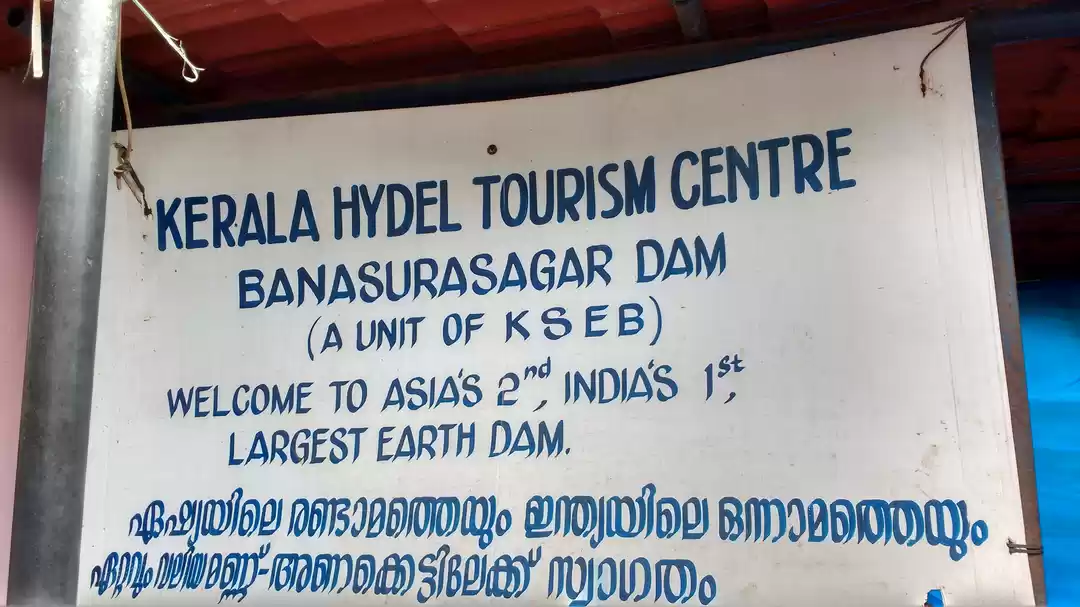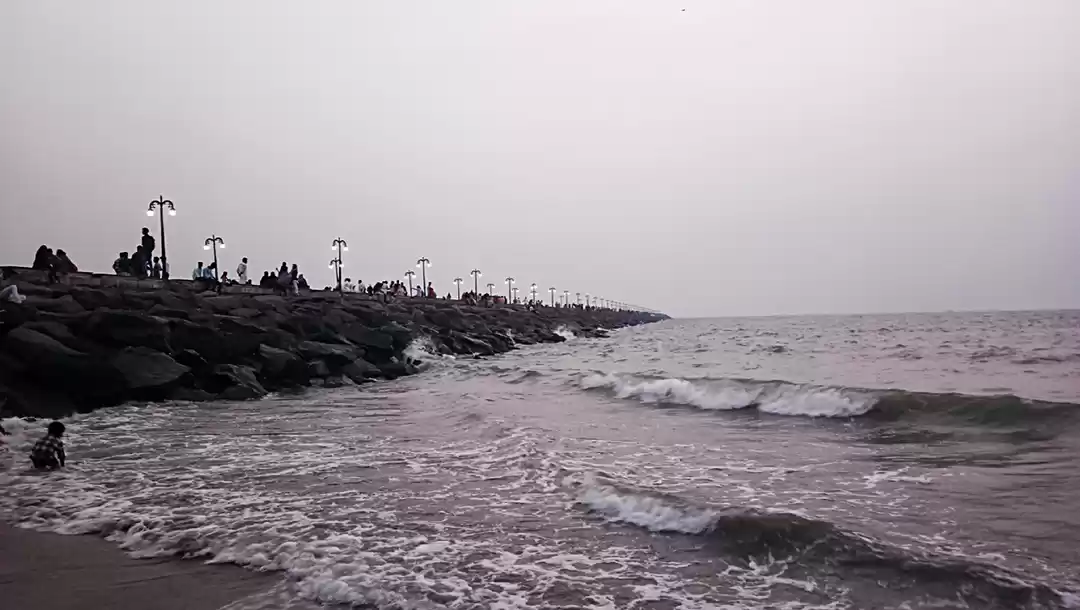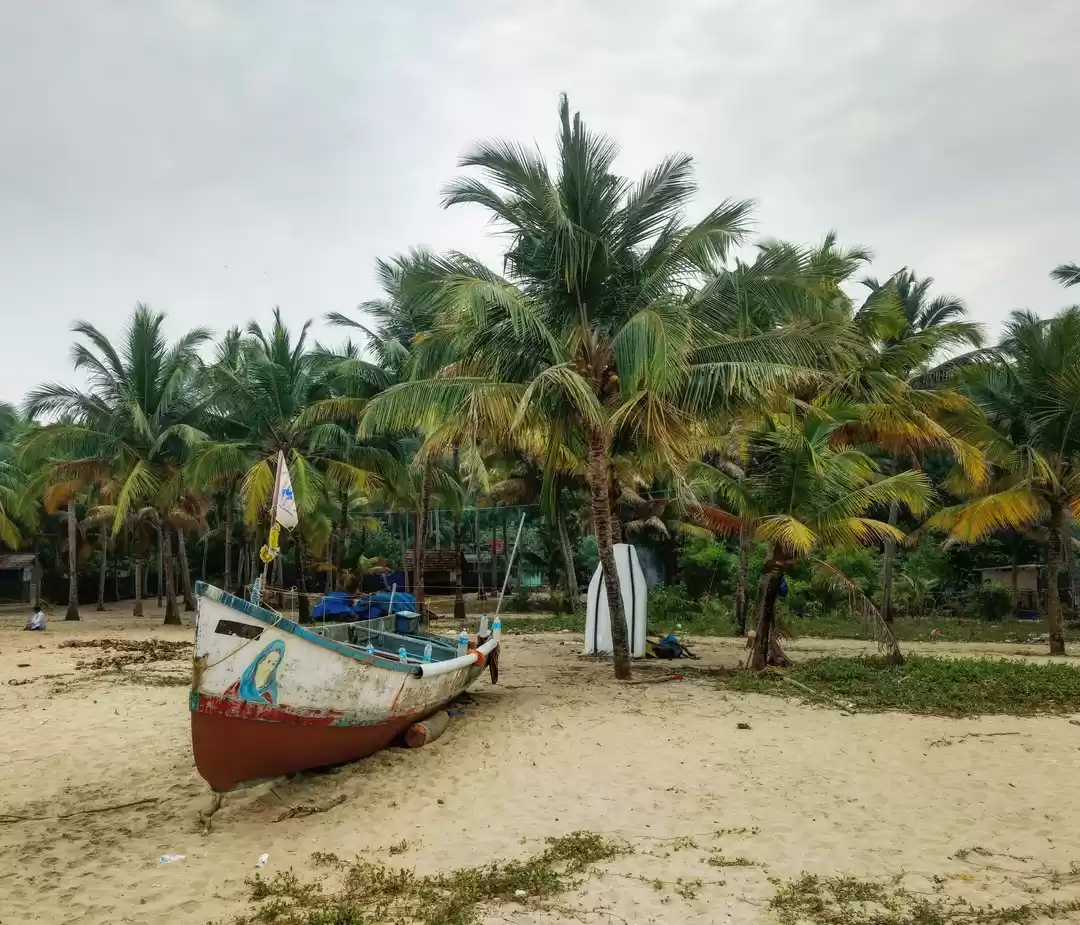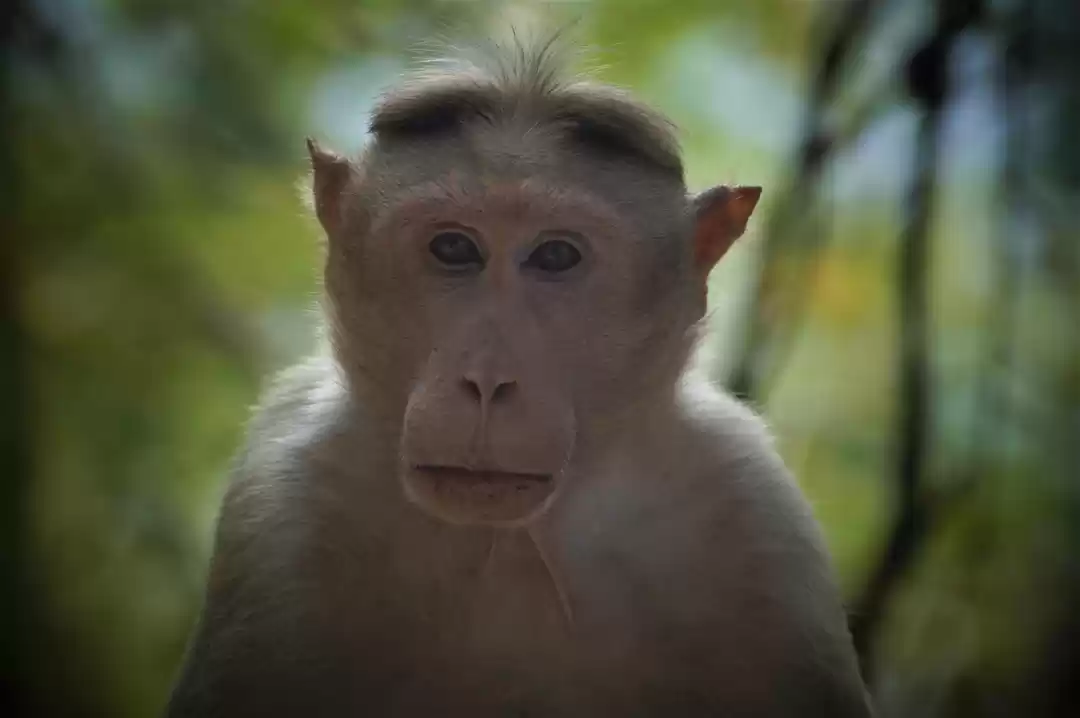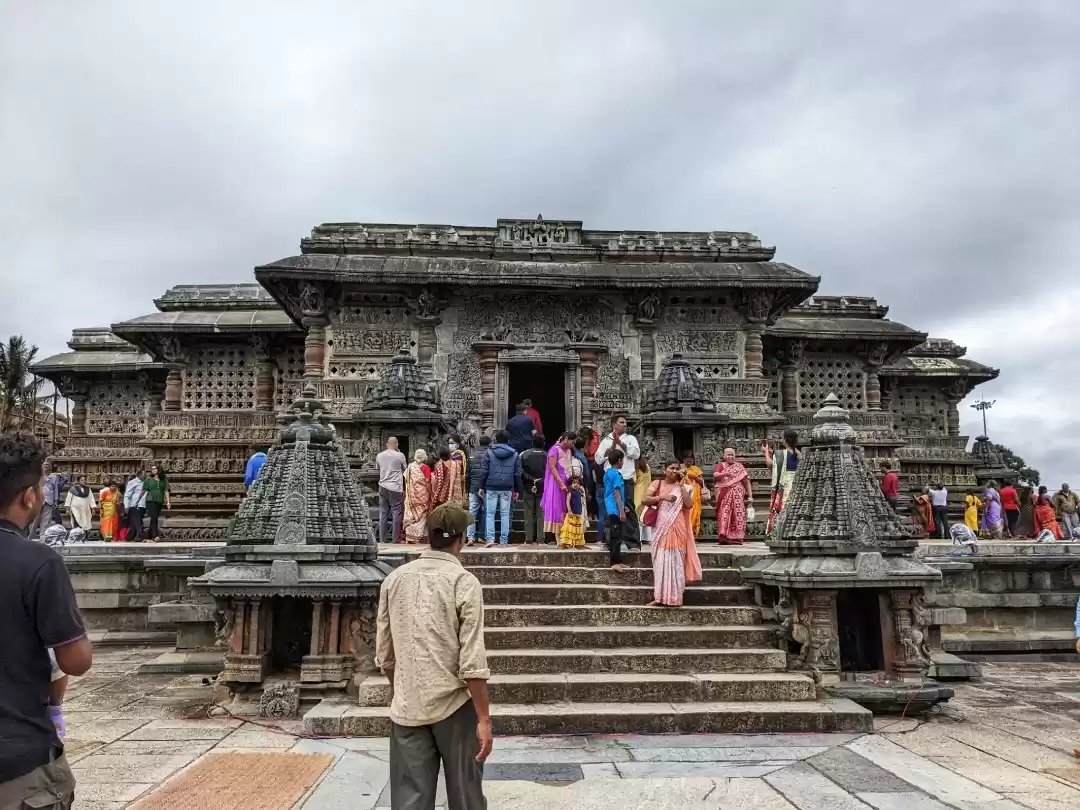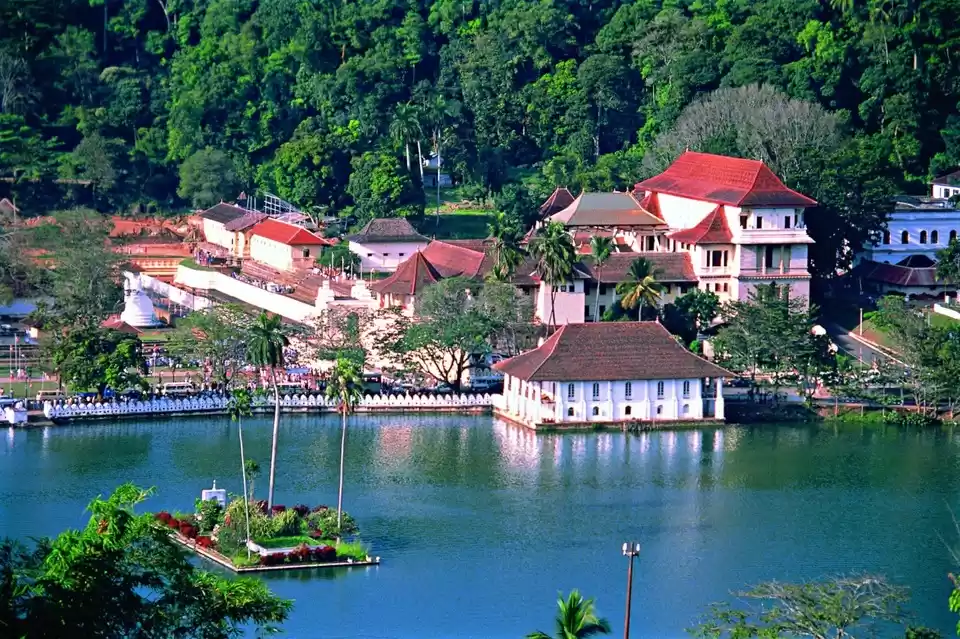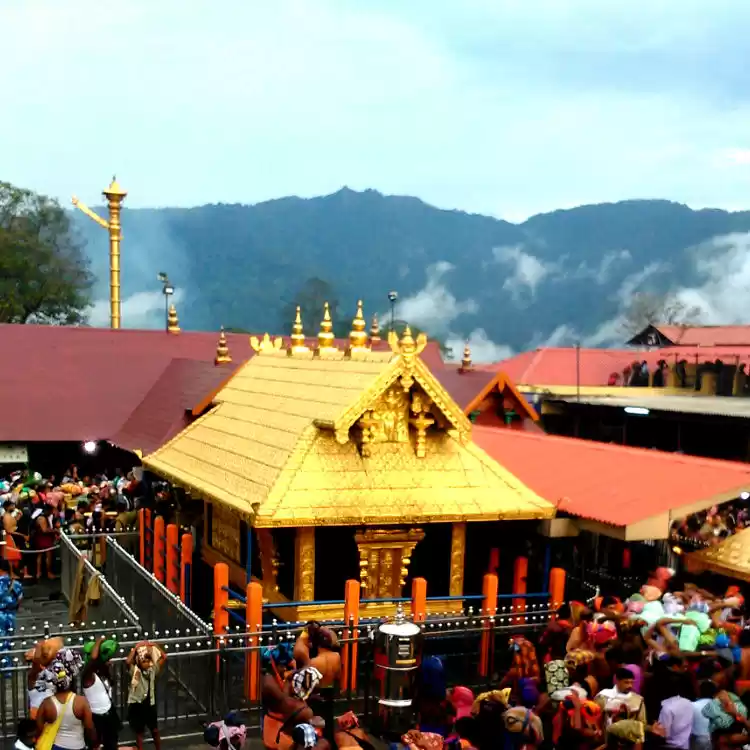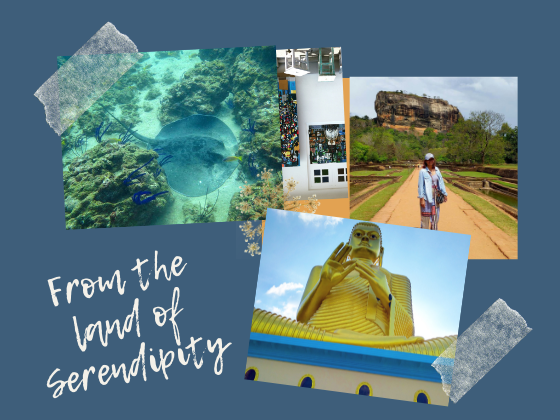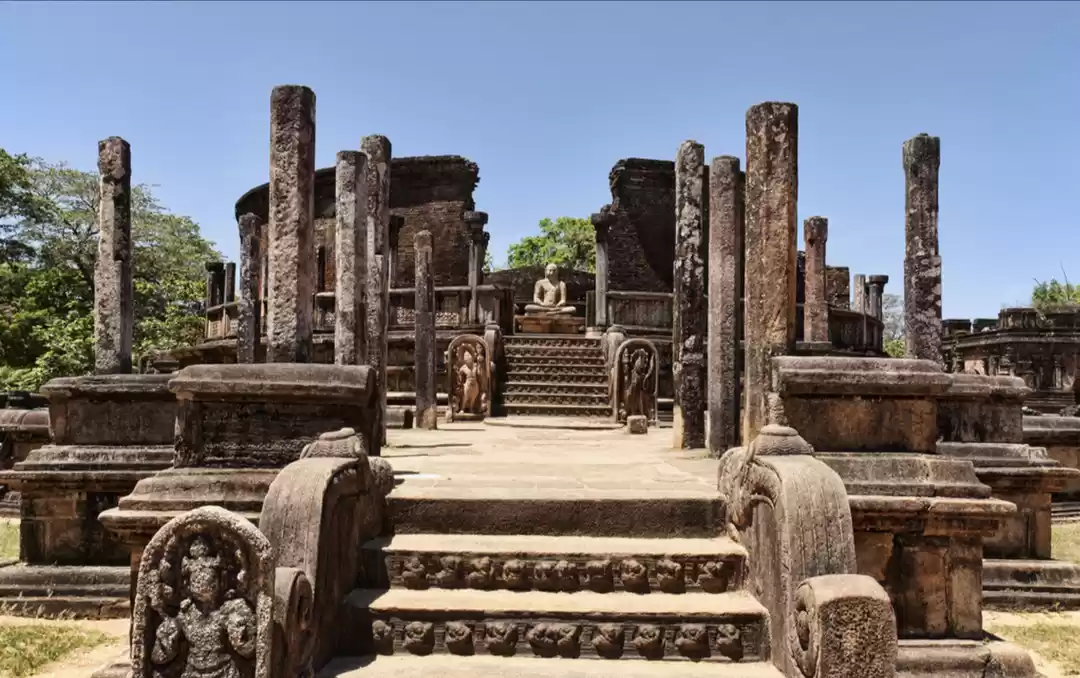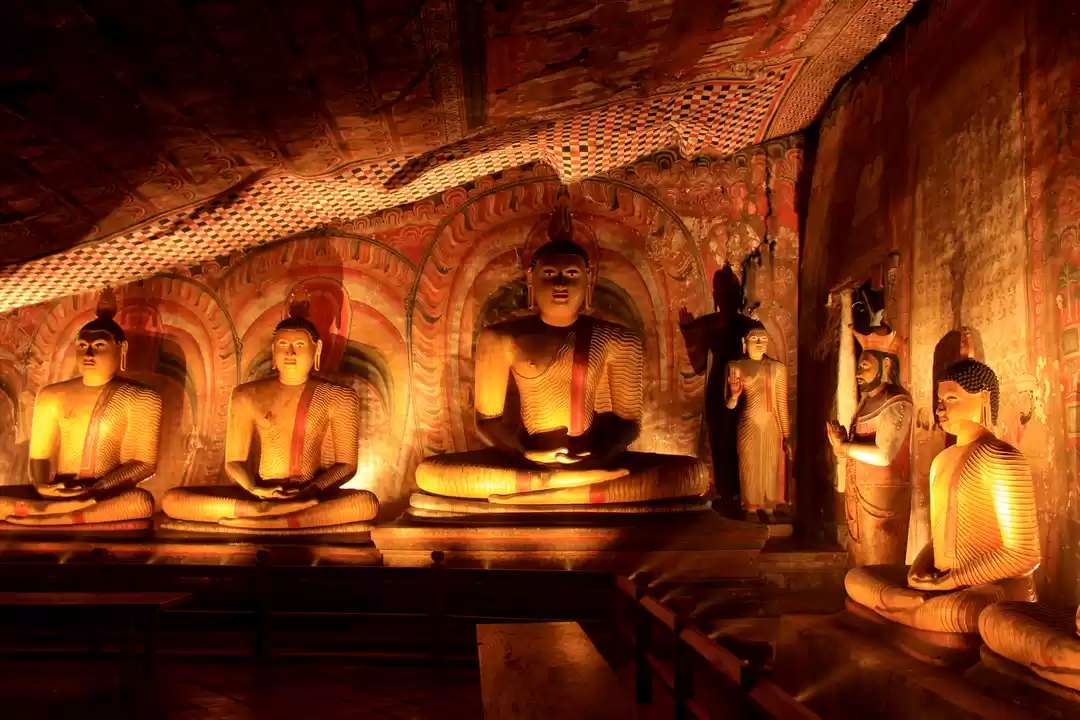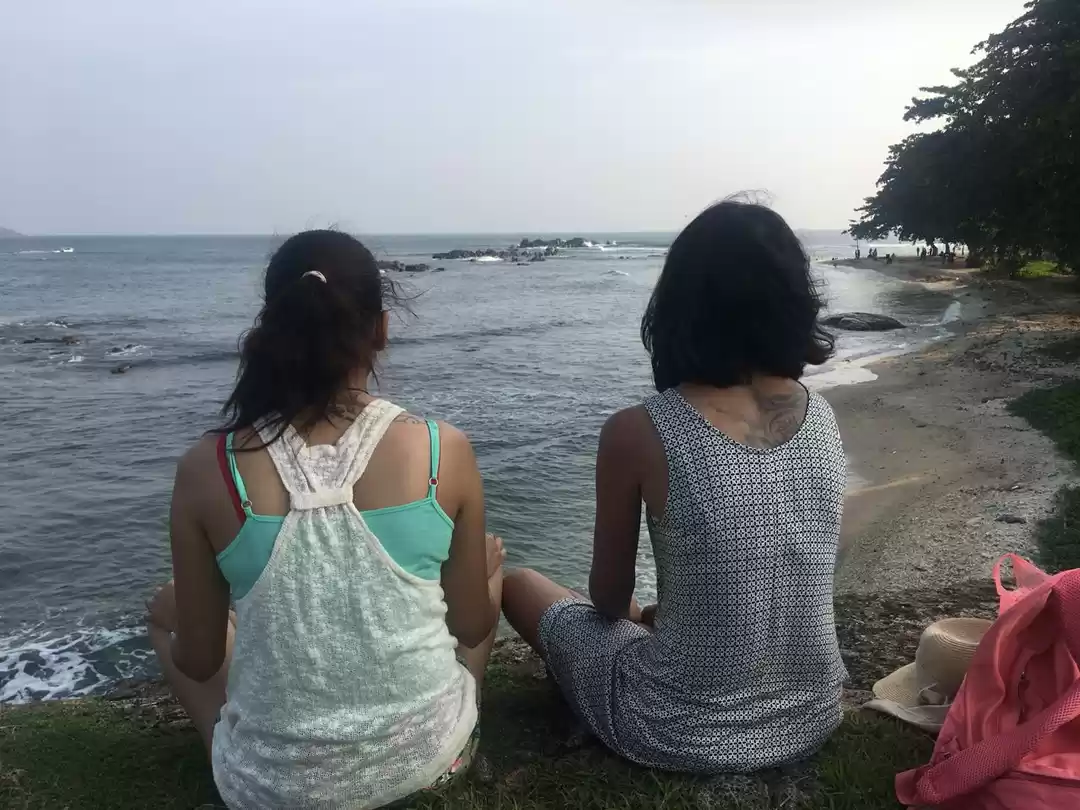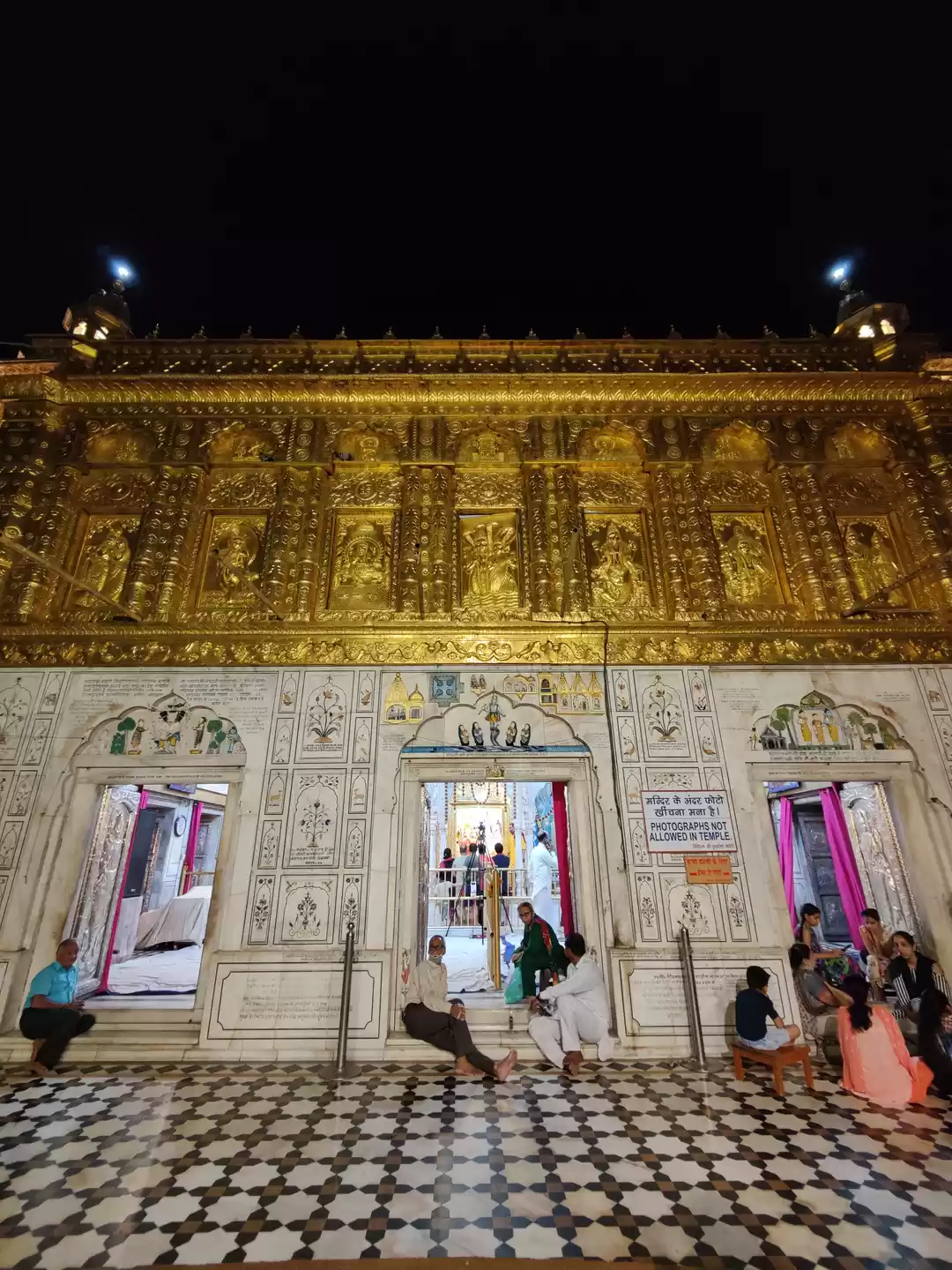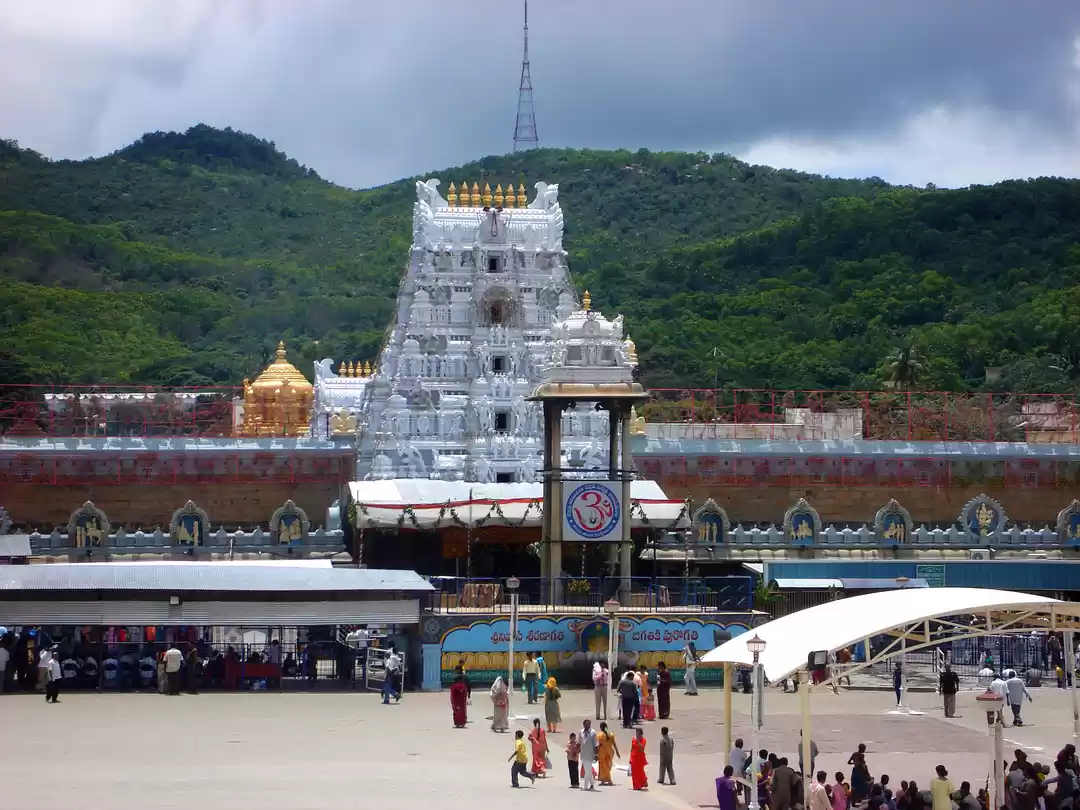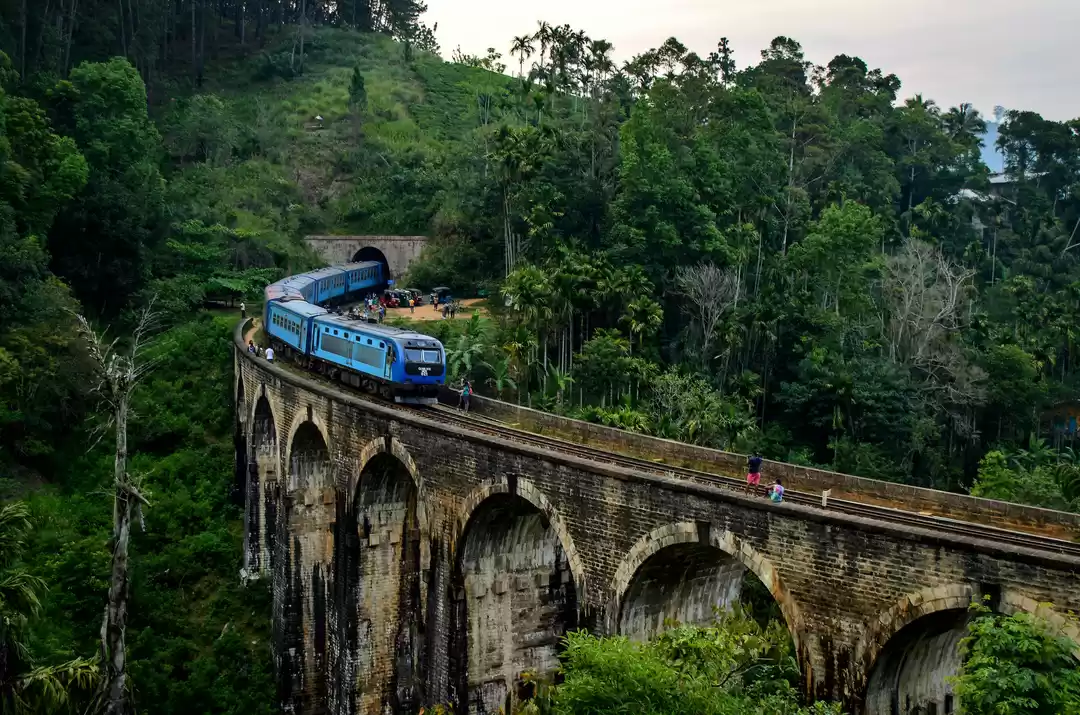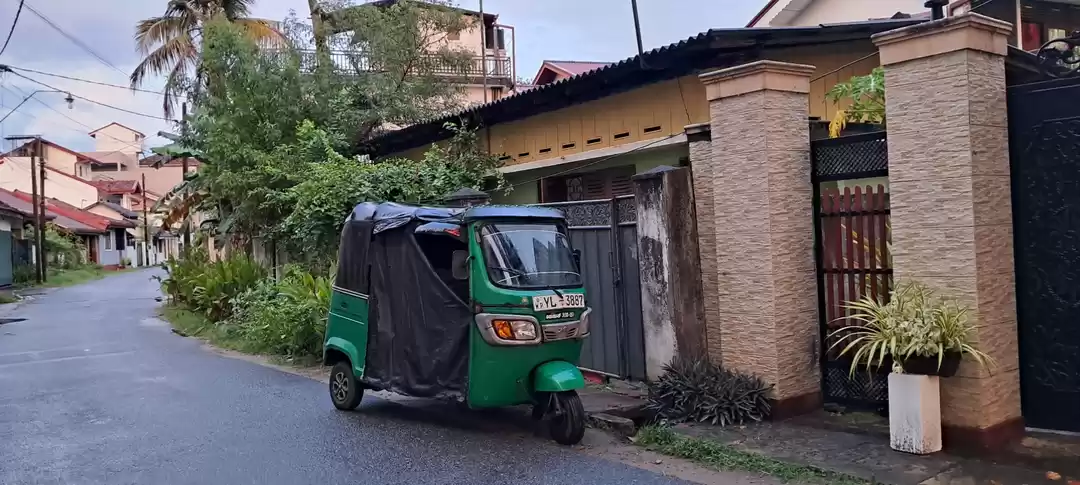Sabarimala Temple is one of the most celebrated and visited temples in South India. Located inside the Periyar Tiger Reserve in Pathanamthitta district of Kerala, this temple is dedicated to Lord Ayyappa, the son of Lord Shiva and Mohini, the feminine incarnation of Lord Vishnu.
Every year, millions of devotees from different faiths and backgrounds undertake a challenging pilgrimage to Sabarimala Temple to seek the blessings of Lord Ayyappa and witness the divine light of Makara Jyothi.
If you are looking for a spiritual adventure that will test your faith, endurance and devotion, Sabarimala Temple is the perfect destination for you.
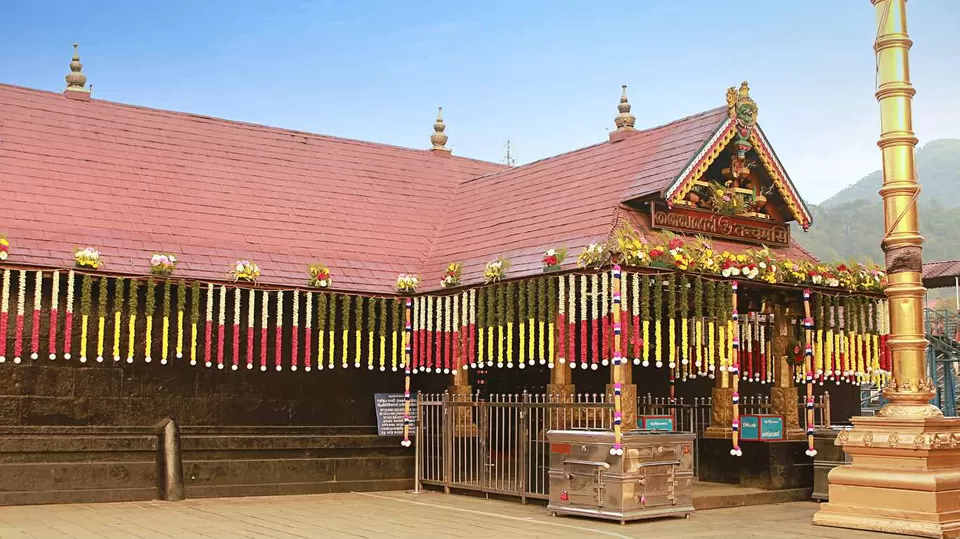
History and Legend of Sabarimala Temple
Sabarimala Temple has a rich and fascinating history that dates back to thousands of years. According to legend, Lord Ayyappa was born from the union of Lord Shiva and Mohini, who was sent by Lord Vishnu to seduce Shiva and distract him from his meditation. Ayyappa grew up as a brave and virtuous prince who defeated the evil demoness Mahishi, who had a curse that she could only be killed by a child born from Shiva and Vishnu. After slaying Mahishi, Ayyappa was approached by a beautiful princess named Malikappuram, who fell in love with him and asked him to marry her. Ayyappa declined her proposal and told her that he had taken a vow of celibacy and wished to remain in Sabarimala as a hermit. He promised her that he would marry her if there were no new devotees coming to his shrine. He also asked her to wait for him on a nearby hill, where he built a temple for her. This temple is known as Malikkappuram Devi Temple and is one of the attractions near Sabarimala Temple.
Another legend associated with Sabarimala Temple is that of Vavar, a Muslim saint who was a friend and companion of Lord Ayyappa. Vavar was a warrior who came to India to conquer it, but was defeated by Ayyappa in a fierce battle. Impressed by Ayyappa’s valor and grace, Vavar became his loyal follower and helped him in his mission to destroy Mahishi. Ayyappa asked Vavar to stay near his shrine and protect the pilgrims who came to visit him. He also built a mosque for him on the left side of his temple. This mosque is known as Vavar Shrine and is another attraction near Sabarimala Temple.
The history of Sabarimala Temple is also linked to Parasurama, the sixth avatar of Lord Vishnu, who is believed to have created Kerala by throwing his axe into the sea. Parasurama installed the idol of Lord Ayyappa on the top of Sabarimala hill and consecrated it with 18 weapons. He also carved 18 steps leading to the sanctum sanctorum of the temple, which are considered sacred by the devotees. The pilgrims have to climb these steps with utmost reverence and devotion, carrying a cloth bundle called Irumudi Kettu on their heads, which contains offerings for Lord Ayyappa.
Architecture and Features of Sabarimala Temple
Sabarimala Temple is an architectural marvel that blends with the natural beauty of its surroundings. The temple is situated on a hilltop at an altitude of about 4,000 feet above sea level, amidst 18 other hills in the Western Ghats. The temple complex consists of several structures such as Sannidhanam (the main temple), Vavarunada (the mosque), Malikkappuram (the Devi temple), Pampa Ganapathy Temple (the Ganesha temple), Erumeli (the Dharmasastha temple), etc.
The main temple of Sabarimala is built in the traditional Kerala style of architecture, with a conical roof covered with copper plates and a golden finial. The temple has four entrances, each facing a different direction. The eastern entrance is the main one, which leads to the 18 steps that are made of granite stones. The steps are divided into five sections, each representing one of the five elements: earth, water, fire, air and ether. The first five steps signify earth, the next four water, the next three fire, the next three air and the last three ether. The devotees have to remove their footwear before climbing these steps and touch each step with their forehead as a mark of respect.
The sanctum sanctorum of the temple houses the idol of Lord Ayyappa in a seated posture, facing east. The idol is made of a rare combination of eight metals, called Ashtabandhanam. The idol is adorned with a diamond-studded crown, a golden necklace, a silver waist belt and a sacred thread. The idol is also decorated with flowers, sandalwood paste, camphor and lamps. The devotees can have a glimpse of the idol from a distance of about 20 feet, as there is a metal grill that separates them from the sanctum. The devotees offer prayers and chant the mantra “Swamiye Saranam Ayyappa” (I seek refuge in Lord Ayyappa) as they behold the idol.
One of the most remarkable features of Sabarimala Temple is the Makara Jyothi, a celestial light that appears on the horizon on the day of Makara Sankranti, which falls on January 14th every year. This light is believed to be the manifestation of Lord Ayyappa himself, who blesses his devotees with his divine presence. The devotees gather in large numbers on the hilltop and the nearby places to witness this miraculous phenomenon, which is also telecast live on various channels. The sight of the Makara Jyothi fills the devotees with joy, peace and ecstasy.
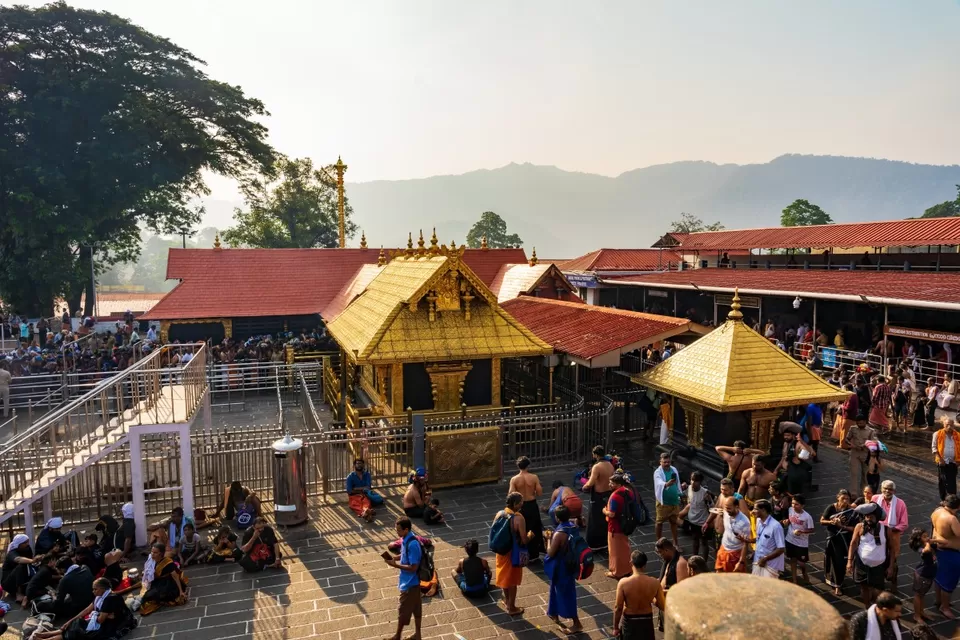
Pilgrimage and Festivals of Sabarimala Temple
Sabarimala Temple is one of the largest annual pilgrimages in the world, attracting over 100 million devotees every year. The temple is open for worship only during specific times of the year, such as the first five days of each Malayalam month, the Mandala season (November-December) and the Makara Vilakku season (January). The devotees have to follow a strict code of conduct and observe a 41-day penance before visiting the temple. They have to wear black or blue clothes, abstain from meat, alcohol, tobacco and sex, practice celibacy, avoid shaving and cutting hair, sleep on the floor, bathe twice a day and visit other temples en route to Sabarimala.
The devotees also have to carry the Irumudi Kettu, a cloth bundle that contains two compartments: one for their personal belongings and another for the offerings for Lord Ayyappa. The offerings include coconut filled with ghee, rice, jaggery, honey, raisins, cashew nuts, etc. The devotees have to carry the Irumudi Kettu on their heads throughout their journey and offer it to Lord Ayyappa after climbing the 18 steps.
The pilgrimage to Sabarimala Temple is not an easy one, as it involves trekking through rough terrains, dense forests and steep hills. The devotees have to face many hardships and challenges on their way, such as wild animals, insects, snakes, leeches, etc. However, they overcome these obstacles with faith and determination and reach their destination with a sense of fulfillment and gratitude.
The pilgrimage to Sabarimala Temple is also a celebration of various festivals and rituals that add to its charm and glory. Some of the major festivals and rituals are:

Mandala Pooja: This is a 41-day festival that begins on the first day of Vrischikam month (November-December) and ends on the eleventh day of Dhanu month (December-January). During this period, special poojas and ceremonies are performed at the temple every day. The last day of this festival is known as Mandala Pooja, when Lord Ayyappa is adorned with Thiruvabharanam (sacred ornaments) that are brought from Pandalam Palace in a grand procession.
Makara Vilakku: This is a seven-day festival that begins on Makara Sankranti (January 14th) and ends on Makara Vilakku (January 20th). During this period, the Makara Jyothi appears on the horizon and the devotees witness it with awe and reverence. The last day of this festival is known as Makara Vilakku, when Lord Ayyappa is worshipped with lamps and camphor.
Vishu: This is the Malayalam New Year that falls on April 14th or 15th every year. On this day, special poojas and ceremonies are performed at the temple and Lord Ayyappa is offered Vishukkani (auspicious sight) that consists of fruits, flowers, grains, gold, coins, etc.
Onam: This is the harvest festival of Kerala that falls in August or September every year. On this day, special poojas and ceremonies are performed at the temple and Lord Ayyappa is offered Onasadya (feast) that consists of various dishes made from rice, vegetables, curd, payasam, etc.
You may also like to read: 5 places in India where women are not allowed for no obvious reasons
Best time to visit Sabarimala Temple
According to various sources, the best time to visit Sabarimala Temple is during the winter months, from November to January. During this time, the weather is pleasant, and the hill is covered with mist and fog, which adds to the spiritual experience for the devotees. The temple is also open during April and May for the Vishu festival.

The winter months are also the peak pilgrimage season in Sabarimala, as the temple witnesses millions of devotees who come to see the Makara Jyothi, a celestial light that appears on the horizon on January 14th every year. The temple also celebrates various festivals and rituals during this time, such as Mandala Pooja and Makara Vilakku.
However, visiting Sabarimala Temple during the peak season also has some challenges, such as overcrowding, long queues, traffic jams, etc. Therefore, some pilgrims may prefer to visit the temple during the off-season, when it is less crowded and more peaceful. The temple is also open for a few days every month, except during June to August when it is closed for maintenance.
How To Reach Sabrimala
Sabarimala Temple is located inside the Periyar Tiger Reserve in Pathanamthitta district of Kerala. The temple is situated on a hilltop at an altitude of about 4,000 feet above sea level, and is surrounded by mountains and dense forests. The temple can be reached by an 8 km trek from Pamba, which is the nearest road point to the temple.
There are different ways to reach Pamba by air, rail or road, depending on your starting point and convenience. Some of the options are:
By air:
The nearest airports are the international airports in Kochi and Thiruvananthapuram, which are about 160 km and 170 km away from Pamba respectively. You can take a flight to either of these airports and then travel by road or rail to Pamba. You can also use other airports in Kerala, Tamil Nadu or Karnataka, such as Calicut, Coimbatore or Madurai, but they are farther away from Pamba and require more travel time.
By rail:
The nearest railway stations are at Kottayam, Thiruvalla and Chenganur, which are about 90 km away from Pamba2. You can take a train to any of these stations and then travel by road to Pamba. There are frequent trains from various parts of India to these stations. You can check the train timings and availability on the Indian Railways website or app.
By road:
There are many bus services that connect Pamba with various towns and cities in Kerala and neighboring states. The Kerala State Road Transport Corporation (KSRTC) runs regular buses to Pamba from places like Kochi, Thiruvananthapuram, Kottayam, Ernakulam, Thrissur, etc. You can also use private buses or taxis to reach Pamba. You can book your bus tickets online on the KSRTC website or app or on other platforms like redBus.
Once you reach Pamba, you have to trek for 8 km to reach Sabarimala Temple. The trek is challenging and requires physical stamina and devotion.
You have to follow a strict code of conduct and observe a 41-day penance before visiting the temple. You also have to carry a cloth bundle called Irumudi Kettu on your head, which contains offerings for Lord Ayyappa. You have to climb 18 steps that lead to the sanctum sanctorum of the temple, which are considered sacred by the devotees.
Restrictions and Controversies of Sabarimala Temple
Sabarimala Temple is unique Sabarimala Temple is unique in the sense that it follows a liberal approach, allowing entry to devotees of all castes and religions. However, it also imposes a controversial restriction on the entry of women of menstruating age (10-50 years), based on the belief that Lord Ayyappa is a celibate god and that the presence of women would disturb his austerity.
This restriction has been challenged by many women’s rights activists, who argue that it violates their constitutional rights to equality, freedom and dignity. They also contend that the restriction is based on a patriarchal and regressive mindset that considers women as impure and inferior.
The restriction on women’s entry to Sabarimala Temple has been a subject of legal battles for decades. In 1991, the Kerala High Court upheld the restriction and banned women from entering the temple. However, in 2018, the Supreme Court of India overturned the ban and allowed women of all ages to enter the temple, stating that the restriction was arbitrary, irrational and discriminatory.
The Supreme Court’s verdict sparked a massive protest from the devotees, who opposed the entry of women and tried to prevent them from reaching the temple. The devotees claimed that the verdict was an interference in their religious faith and tradition, and that it would destroy the sanctity and uniqueness of Sabarimala Temple.
The issue of women’s entry to Sabarimala Temple is still unresolved, as the Supreme Court has agreed to review its verdict and hear the petitions filed by various parties who seek to restore the ban. The issue has also become a political and social debate, with different groups expressing their views and opinions on it. The issue has also raised questions about the role of law, religion, gender and culture in a democratic society, and how they can coexist harmoniously.
Nearby Attractions and Accommodation Options of Sabarimala Temple
Sabarimala Temple is not only a spiritual destination, but also a tourist attraction that offers many nearby places to visit and explore. Some of these places are:

Malikkappuram Devi Temple:
This is a temple dedicated to Malikappuram Devi, the princess who fell in love with Lord Ayyappa and waited for him on a nearby hill. The temple is situated on the hillocks on the left side of Ayyappa Temple, and can be reached by climbing 108 steps. The temple has a beautiful idol of Malikappuram Devi, who is worshipped as an incarnation of Goddess Lakshmi.

Vavar Shrine:
This is a mosque dedicated to Vavar, a Muslim saint who was a friend and companion of Lord Ayyappa. The mosque is located on the left side of Ayyappa Temple, and can be reached by crossing a bridge over River Pampa. The mosque has a tomb of Vavar, who is revered by both Hindus and Muslims. The devotees offer prayers and donations at the mosque before visiting Ayyappa Temple.
Pampa Ganapathy Temple:
This is a temple dedicated to Lord Ganesha, the elephant-headed god who is considered as the remover of obstacles. The temple is located on River Pampa, near the base camp of Sabarimala Temple. The temple has a large idol of Ganesha, who is worshipped as Pampa Ganapathy. The devotees offer coconuts and modakas (sweet dumplings) at the temple before starting their trek to Sabarimala Temple.

Erumeli:
This is a town that serves as an important meeting spot for Sabarimala pilgrims. The town has a temple dedicated to Lord Dharmasastha, another name for Lord Ayyappa. The temple has an idol of Dharmasastha in his child form, sitting on a peacock. The devotees perform a ritual called Pettathullal (mad dance) at the temple, in which they smear themselves with turmeric powder and dance with wooden sticks in their hands. The ritual symbolizes their joy and devotion to Lord Ayyappa.
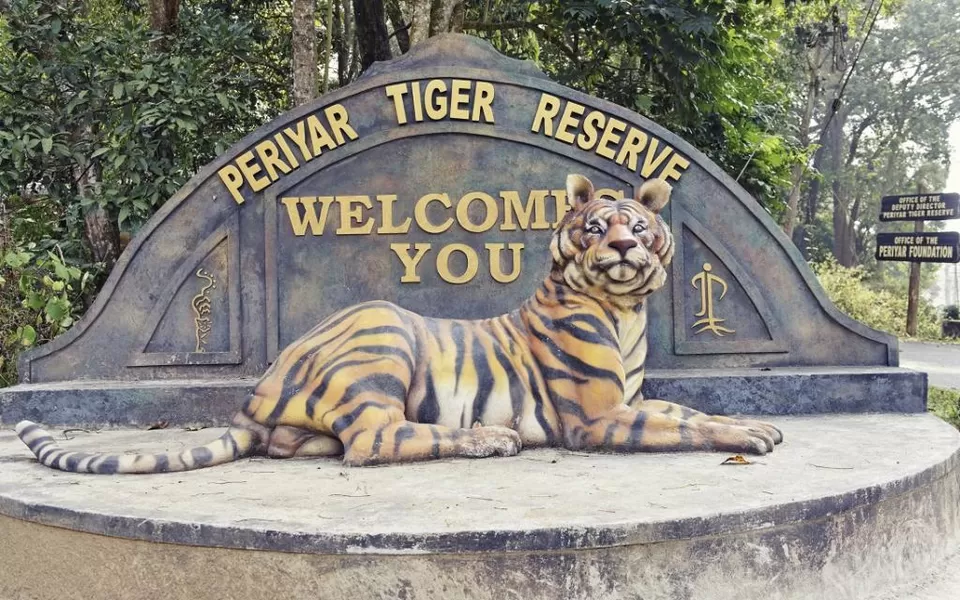
Periyar Tiger Reserve:
This is a wildlife sanctuary that surrounds Sabarimala Temple and covers an area of 925 sq km. The sanctuary is home to various animals such as tigers, elephants, leopards, deer, monkeys, etc. The sanctuary also has various plants such as teak, rosewood, bamboo, etc. The sanctuary offers various activities such as boating, trekking, camping, etc.
Sabarimala Temple also offers various accommodation options for the pilgrims and tourists who visit it. Some of these options are:
Kerala State Road Transport Corporation (KSRTC) Guest House:
This is a guest house run by KSRTC that provides basic facilities such as rooms, beds, toilets, etc. The guest house is located near Pampa Ganapathy Temple and charges nominal rates for the stay.
Forest Department Guest House:
This is a guest house run by the Forest Department that provides better facilities such as rooms, beds, toilets, electricity, water, etc. The guest house is located near Sannidhanam and charges moderate rates for the stay.
Private Hotels and Resorts:
There are many private hotels and resorts that provide luxurious facilities such as rooms, beds, toilets, electricity, water, TV, AC, etc. These hotels and resorts are located in nearby towns such as Erumeli, Pandalam, Pathanamthitta, etc. and charge higher rates for the stay.
Sabarimala Temple is a unique and amazing destination that offers a spiritual, cultural and natural experience to its visitors. The temple is a symbol of faith, devotion and harmony that attracts millions of devotees every year. The temple is also a source of controversy, debate and conflict that challenges the norms and values of society. The temple is also a gateway to many other attractions and activities that enrich the journey of the pilgrims and tourists. Sabarimala Temple is a place that you must visit at least once in your lifetime, to witness the glory and grace of Lord Ayyappa.
You may also like to read: Sabarimala Temple, A Unique Sacredness
You can also share your experiences or opinions about Sabarimala Temple with us by leaving a comment below. Thank you for reading and hope to see you soon at Sabarimala Temple. Swamiye Saranam Ayyappa!




